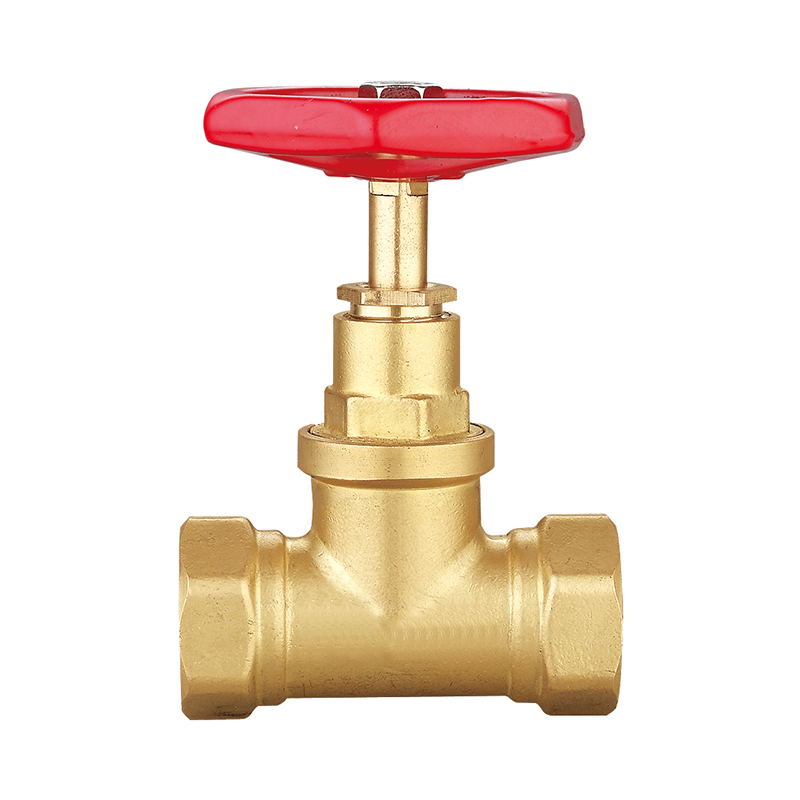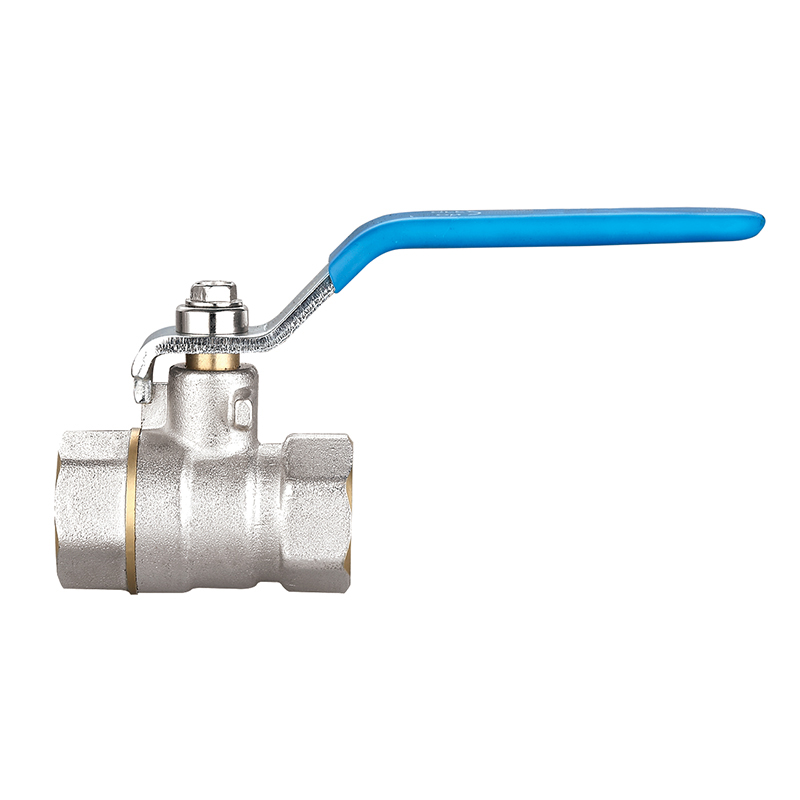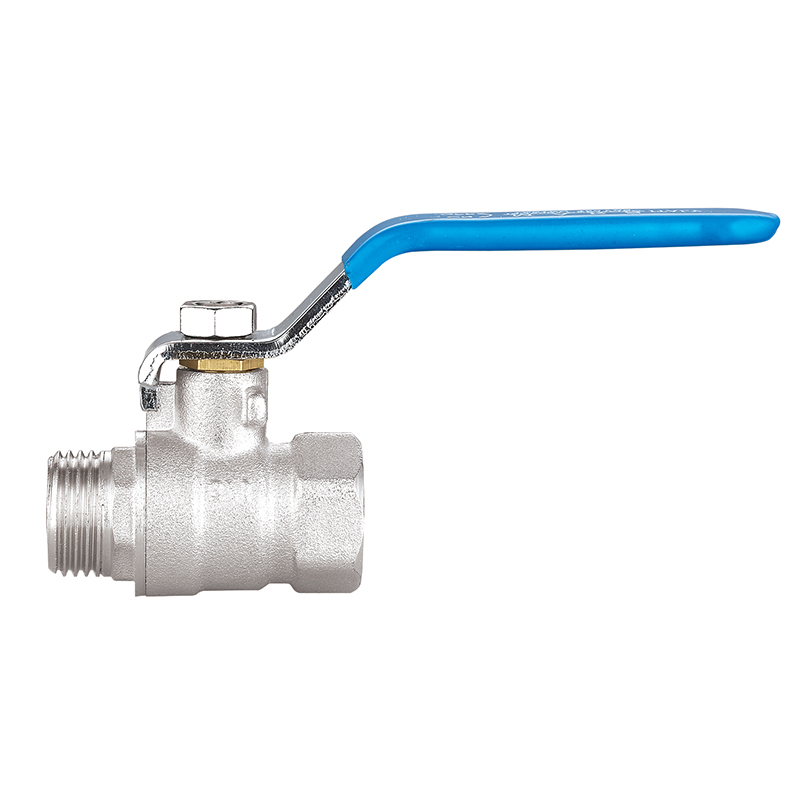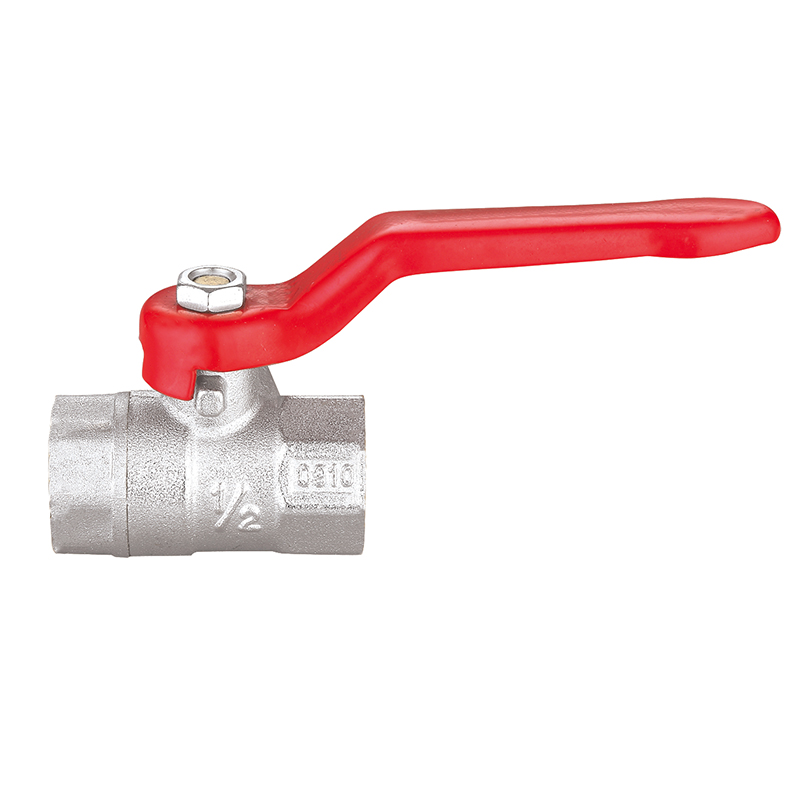Globe Valves: Precision Flow Control Driving Efficiency in Industrial Systems
2025-07-11
In the realm of industrial fluid management, precise control over flow rates is crucial for ensuring system efficiency, safety, and operation. Globe valves have long been recognized as one of the effective solutions for applications that demand gradual and accurate modulation of fluid flow. Distinguished by their linear motion mechanism, globe valves provide operators with fine-tuned control over the opening and closing of the valve disc or plug, allowing for incremental adjustments that are essential in a variety of industrial settings.
The Mechanism Behind Globe Valves
Unlike other valve types that rely on rotary or quarter-turn actions, globe valves operate by moving a disc or plug up and down in a linear motion perpendicular to the flow path. This design enables precise regulation of flow, as the valve can be partially opened to varying degrees, unlike valves that primarily serve as on/off devices.
The seating arrangement inside a globe valve consists of a movable disc and a stationary ring seat, which together form a seal when the valve is closed. By adjusting the position of the disc through the valve stem, operators can control the flow area within the valve body, thus modulating the fluid velocity and pressure downstream.
Applications Requiring Fine Flow Modulation
The inherent design of globe valves makes them particularly well-suited for systems that require smooth, continuous control of flow rate rather than simple shutoff. Industries such as chemical processing, power generation, oil and gas, and water treatment heavily rely on globe valves for tasks like regulating steam, gases, or liquids under varying pressure and temperature conditions.
For instance, in steam distribution networks within power plants, globe valves allow operators to carefully control steam flow to turbines, optimizing energy output while preventing pressure surges. Similarly, in chemical reactors, the gradual adjustment of reagent flows via globe valves ensures consistent reaction conditions and product quality.
Advantages of Linear Motion Design
The linear motion of the disc in globe valves offers several operational benefits:
Precise Control: The ability to incrementally position the valve disc provides operators with unparalleled control over flow rates, which is essential for maintaining process parameters within tight tolerances.

Leakage: The seating mechanism and disc design create a tight seal when closed, reducing the risk of leaks that can compromise system integrity or safety.
Versatility: Globe valves are compatible with a wide range of fluids, including corrosive and abrasive substances, depending on the materials used for the disc, seat, and body.
Pressure Handling: Their robust construction allows globe valves to perform effectively under high pressure and temperature, making them suitable for demanding environments.
Material Selection and Design Innovations
To meet diverse industrial needs, globe valves are manufactured from various materials, including carbon steel, stainless steel, bronze, and specialized alloys. The choice depends on the fluid properties, operating conditions, and environmental factors.
Recent innovations have focused on enhancing globe valve performance through improved sealing technologies, such as metal-to-metal seats for high-temperature applications or soft seats for enhanced leak tightness. Additionally, advancements in bonnet and packing designs have increased valve lifespan by reducing stem leakage and easing maintenance.
Automation and Control Integration
Modern industrial plants increasingly integrate globe valves with automated actuators and control systems. Electric, pneumatic, or hydraulic actuators enable remote and precise adjustment of the valve position, facilitating real-time flow control based on process demands.
When connected to advanced control systems, globe valves become integral components of automated feedback loops, ensuring system performance and energy efficiency. This automation reduces manual intervention, decreases response times to process fluctuations, and improves overall safety.
Challenges and Considerations
While globe valves offer flow control, they also present certain challenges. Their design typically results in a higher pressure drop compared to other valve types due to the tortuous flow path, which may require system adjustments to compensate for energy losses.
Additionally, globe valves can be bulkier and heavier, which might limit their use in applications where space and weight are constraints. Careful selection and system design considerations are necessary to balance these factors against the benefits of fine flow modulation.
Whether you want to become our partner or need our professional guidance or support in product selections and problem solutions, our experts are always ready to help within 12 hours globally.




 русский
русский Español
Español عربى
عربى





